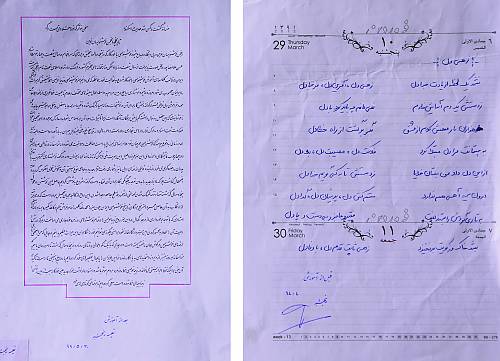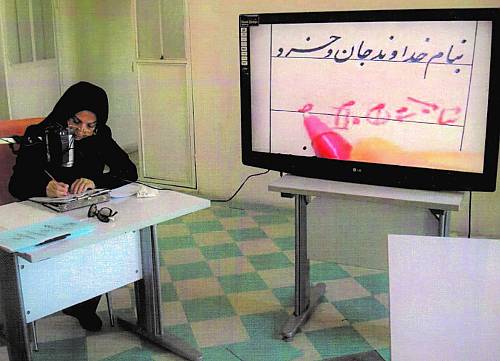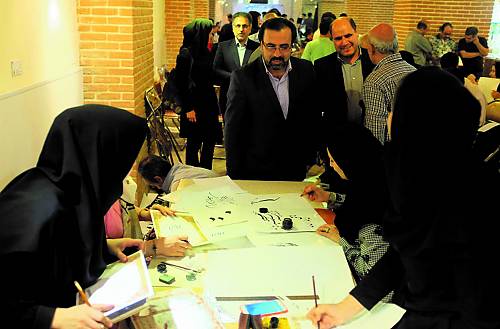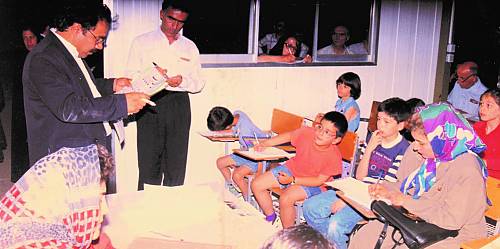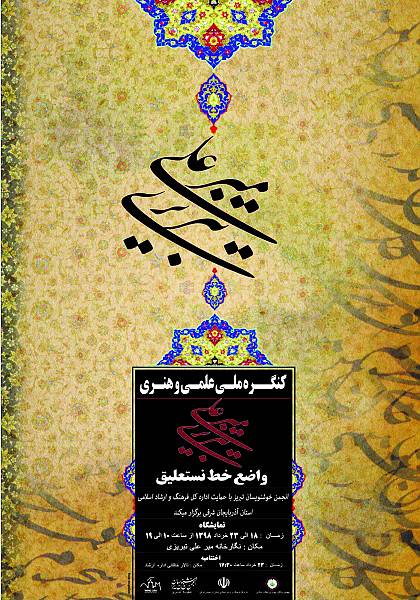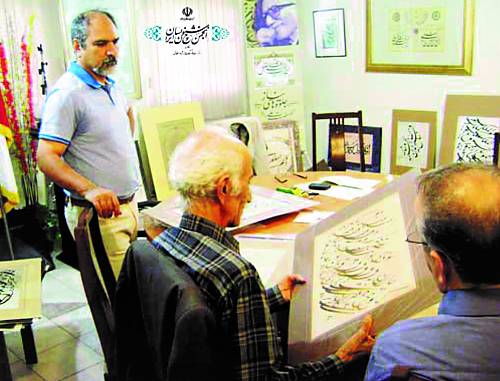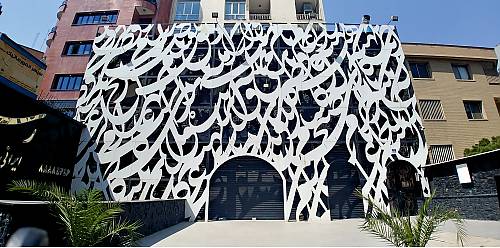National programme to safeguard the traditional art of calligraphy in Iran
Selected in 2021 on the Register of Good Safeguarding Practices

The tradition of calligraphy has always been associated with the act of writing in Iran, and even when the writers had limited literacy, calligraphy and writing were still intricately linked. But with the advent of printing and the emergence of computer programmes and digital fonts, this art gradually declined and the emphasis on pure readability replaced the observance of both readability and aesthetics. This resulted in a decline in the appreciation of calligraphy among the new generations. The safeguarding of the Iranian calligraphic tradition thus became a major concern in the 1980s, and a national programme was developed for this purpose by non governmental organizations in collaboration with the government. This programme aimed to expand informal and formal public training in calligraphy, publish books and pamphlets, hold art exhibitions, and develop academic curricula, while promoting appropriate use of the calligraphic tradition in line with modern living conditions. Some of the work on this programme was started by the Iranian Calligraphers Association before the 1980s, and given its immense popularity, the public sector turned it into a national programme by redefining and coordinating it on a large scale based on the experiences of the public and private sectors.
